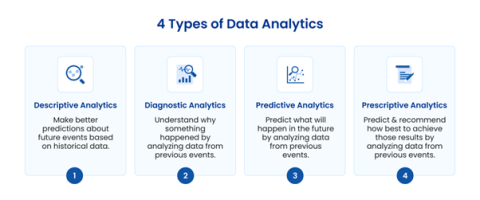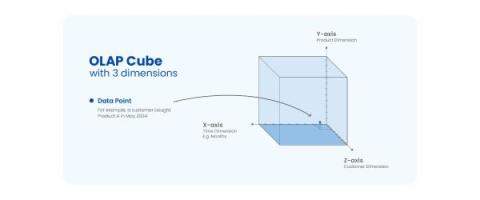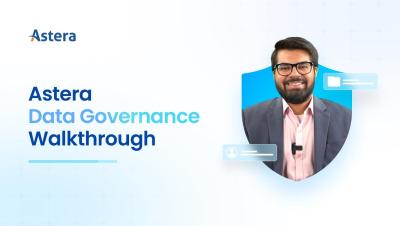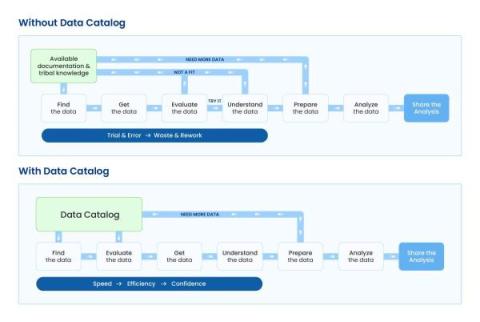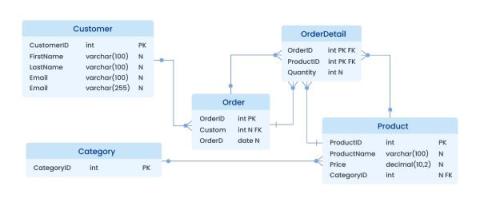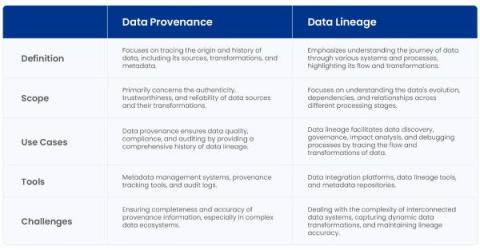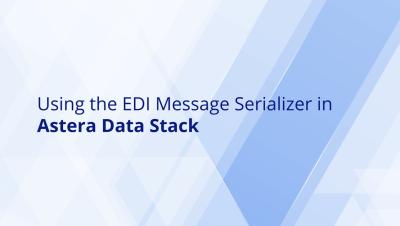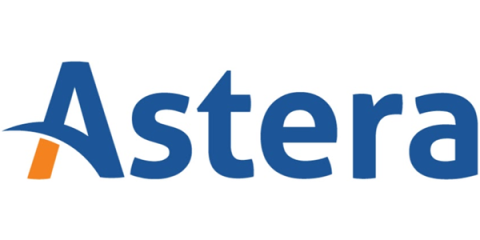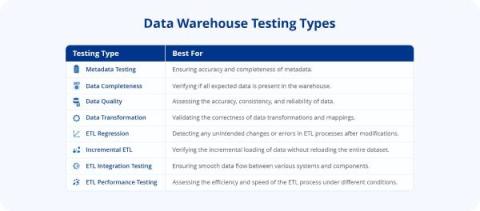Data Science vs. Data Analytics: Key Differences
Organizations increasingly use data to gain a competitive edge. Two key disciplines have emerged at the forefront of this approach: data science and data analytics. While both fields help you extract insights from data, data analytics focuses more on analyzing historical data to guide decisions in the present. In contrast, data science enables you to create data-driven algorithms to forecast future outcomes. These disciplines differ significantly in their methodologies, tools, and outcomes.




